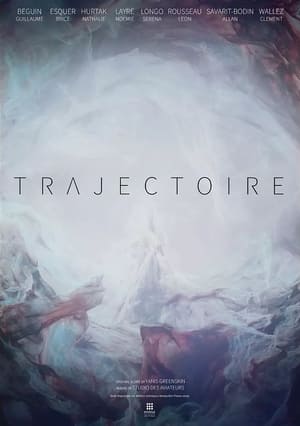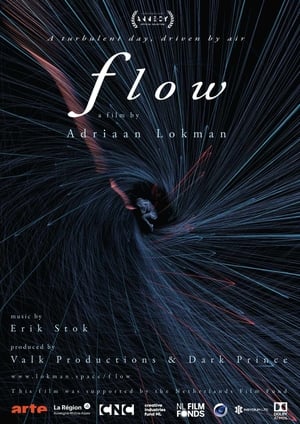
Ugly(2011)
'Ugly' is a film that follows Colton Clements, a young man who goes on a journey to discover the emotional and psychological effects the media and advertising has over women. Colton sets out to discover why the media pushes an image of the 'perfect' woman, and what effect this image has on the mindsets of women who are exposed to it. On his journey he meets and interviews a modeling consultant, an anorexia survivor, a therapist, and 'America's Next Top Model' Cycle Ten winner, the plus-sized model Whitney Thompson.
Movie: Ugly
Top 2 Billed Cast

Ugly
HomePage
Overview
'Ugly' is a film that follows Colton Clements, a young man who goes on a journey to discover the emotional and psychological effects the media and advertising has over women. Colton sets out to discover why the media pushes an image of the 'perfect' woman, and what effect this image has on the mindsets of women who are exposed to it. On his journey he meets and interviews a modeling consultant, an anorexia survivor, a therapist, and 'America's Next Top Model' Cycle Ten winner, the plus-sized model Whitney Thompson.
Release Date
2011-01-01
Average
0
Rating:
0.0 startsTagline
Genres
Languages:
EnglishKeywords
Similar Movies
 6.7
6.7Workers Leaving the Lumière Factory(fr)
Working men and women leave through the main gate of the Lumière factory in Lyon, France. Filmed on 22 March 1895, it is often referred to as the first real motion picture ever made, although Louis Le Prince's 1888 Roundhay Garden Scene pre-dated it by seven years. Three separate versions of this film exist, which differ from one another in numerous ways. The first version features a carriage drawn by one horse, while in the second version the carriage is drawn by two horses, and there is no carriage at all in the third version. The clothing style is also different between the three versions, demonstrating the different seasons in which each was filmed. This film was made in the 35 mm format with an aspect ratio of 1.33:1, and at a speed of 16 frames per second. At that rate, the 17 meters of film length provided a duration of 46 seconds, holding a total of 800 frames.
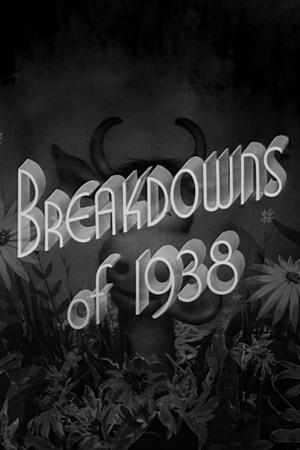 5.0
5.0Breakdowns of 1938(en)
Flubs and bloopers that occurred on the set of some of the major Warner Bros. pictures of 1938.
 7.1
7.1The Arrival of a Train at La Ciotat(fr)
A group of people are standing along the platform of a railway station in La Ciotat, waiting for a train. One is seen coming, at some distance, and eventually stops at the platform. Doors of the railway-cars open and attendants help passengers off and on. Popular legend has it that, when this film was shown, the first-night audience fled the café in terror, fearing being run over by the "approaching" train. This legend has since been identified as promotional embellishment, though there is evidence to suggest that people were astounded at the capabilities of the Lumières' cinématographe.
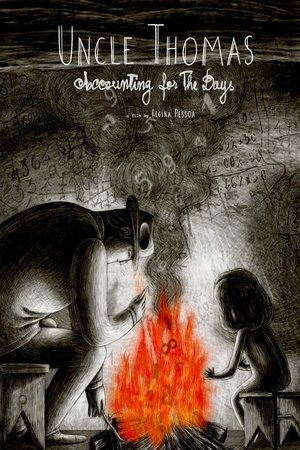 6.7
6.7Uncle Thomas: Accounting for the Days(pt)
From Regina's personal and visual memories, a tribute to her uncle Thomas, who was an artistic inspiration and played a key role in her becoming a filmmaker. A moving tribute to a poet of the everyday.
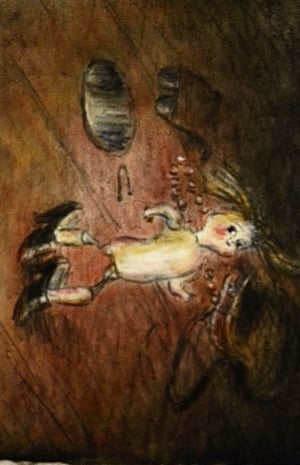 1.5
1.5Pink Doll(ru)
A careless mother is going on a date with another fan and, in order to brighten up her daughter's loneliness, leaves her alone with a pink doll - the same doll that "wanders around the city and why it is vain to destroy little children". The girl considers the doll to be very realistic, therefore she associates it with herself, and herself with her mother. So begin the serious experiences of a girl who understands that this doll bought off her. At night, the girl dreams a terrible dream in which the doll embodies all her fears... "Pink Doll" creates the illusion of a spellbound fall into the abyss of children's dreams, fantasies and nightmares. The sensual effect is achieved by the game of scale and angle, the nervous rhythm of intraframe movement and graphic thickening of reality.
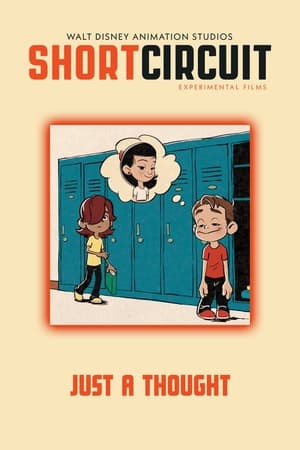 6.9
6.9Just a Thought(en)
An awkward 12-year old boy named Ollie experiences "bubble trouble" when his true feelings for a girl are embarrassingly revealed in the form of a physical thought bubble.
 6.4
6.4Exchange Student(en)
Life is hard enough for an exchange student at a new school, but as the only earthling at a school for aliens, the central character in this fanciful story is the ultimate outsider and must prove her worth to be accepted by her unusual new classmates.
 0.0
0.0Axolotl(es)
Through a choral diversity of testimonies, the documentary explores the myth of the axolotl, transporting us from the story of a chinampero whose lifestyle reflects the environmental decay of Mexico City, to the efforts of a group of scientists racing against the consequences of the extinction of our symbols and ecological heritage.
The Angela Murray Gibson Experience(en)
In the 1920s, Angela Murray Gibson chose an unusual location to embark on a career in silent filmmaking: her tiny hometown of Casselton, North Dakota. She had previously helped Mary Pickford as an advisor and assistant director on The Pride of the Clan (1917), which Mary Pickford produced and starred in. She opened North Dakota's first movie studio, and she had the audacity to be a woman in an industry dominated by men.
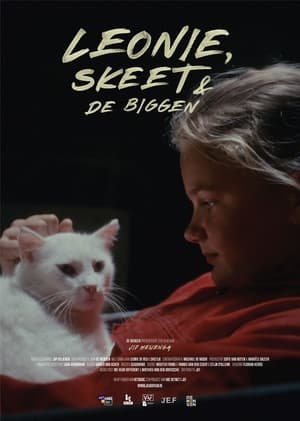 10.0
10.0Leonie, Skeet and the piglets(nl)
Leonie’s dream is to become a pig farmer, just like her parents. She wanders happily around the farm, helping out in any way possible. She tends to the pigs, and is present from the fertilisation of the sows to the moment the truck leaves for the slaughterhouse. The family farm teaches her about the circle of life. However, new laws on nitrogen emissions have undermined the economic viability of the farm, and bankruptcy looms. Together with her cat Skeet, Leonie watches the last pigs disappear from the farm, and she realises that her dream of becoming a pig farmer might not come true.
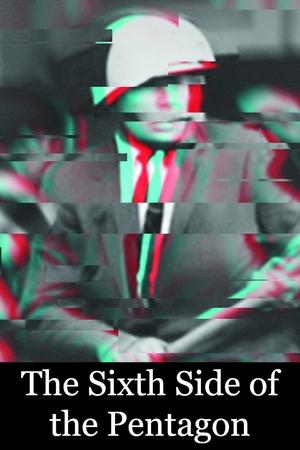 6.0
6.0The Sixth Side of the Pentagon(fr)
On October 21, 1967, over 100,000 protestors gathered in Washington, D.C., for the Mobilization to End the War in Vietnam. It was the largest protest gathering yet, and it brought together a wide cross-section of liberals, radicals, hippies, and Yippies. Che Guevara had been killed in Bolivia only two weeks previously, and, for many, it was the transition from simply marching against the war, to taking direct action to try to stop the 'American war machine.' Norman Mailer wrote about the events in Armies of the Night. French filmmaker Chris Marker, leading a team of filmmakers, was also there.
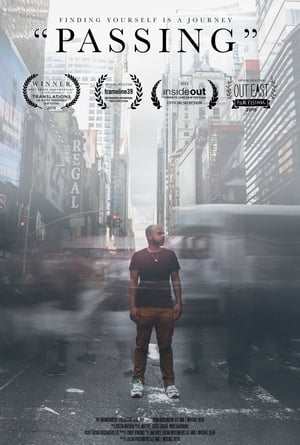 7.0
7.0Passing(en)
A short documentary profiling the lives of three transgender Black men, exploring what life is like living as a Black man when no one knows you are transgender, and their journeys with gender in the years since they transitioned.
 0.0
0.0Angry Cabaret(en)
Club owners Angry and Cabaret have to scrounge up the money for rent fast, or risk having their business shut down.
 0.0
0.0Keep on Turning(xx)
In Wiertz and Verbeek's kinetic, kaleidoscopic opus Keep on Turning (1974, 3 min, 16mm, sound) cubes convey, rotate and shift in tandem.
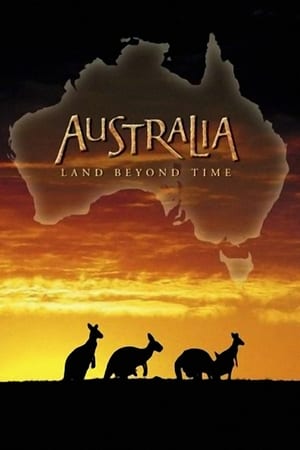 7.5
7.5Australia: Land Beyond Time(en)
Australia: Land Beyond Time takes viewers on a breathtaking journey back in time to witness the birth and evolution of a mysterious land that harbors remnants of Earth's earliest life and many of it's strangest creatures that exist nowhere else on the planet.
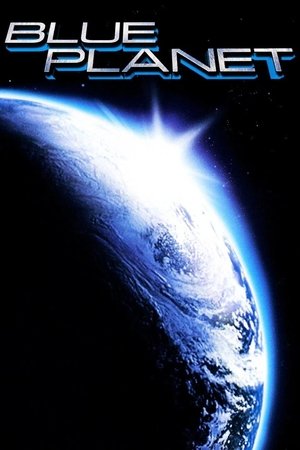 5.9
5.9Blue Planet(en)
From the unique vantage point of 200 miles above Earth's surface, we see how natural forces - volcanoes, earthquakes and hurricanes - affect our world, and how a powerful new force - humankind - has begun to alter the face of the planet. From Amazon rain forests to Serengeti grasslands, Blue Planet inspires a new appreciation of life on Earth, our only home.
 8.0
8.0Seasonal Severity(en)
A Man's Cat observes and witnesses his descent into madness at the end of his seasonal depression during the last days of winter.
